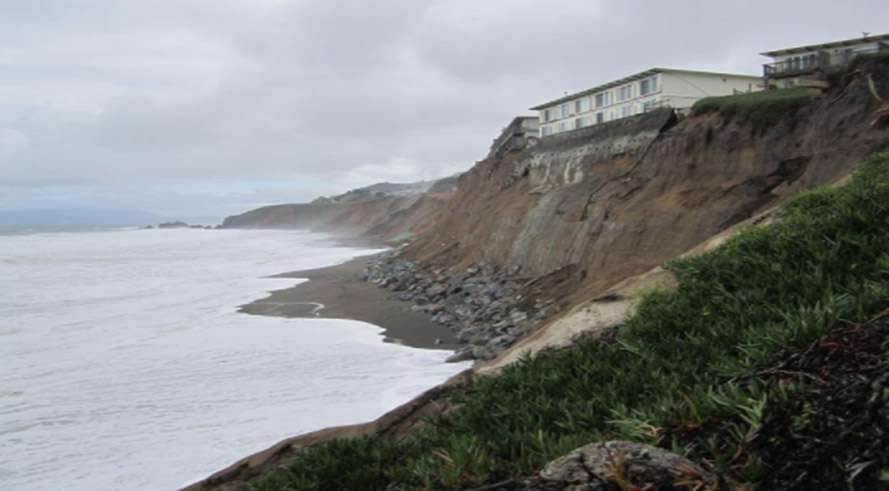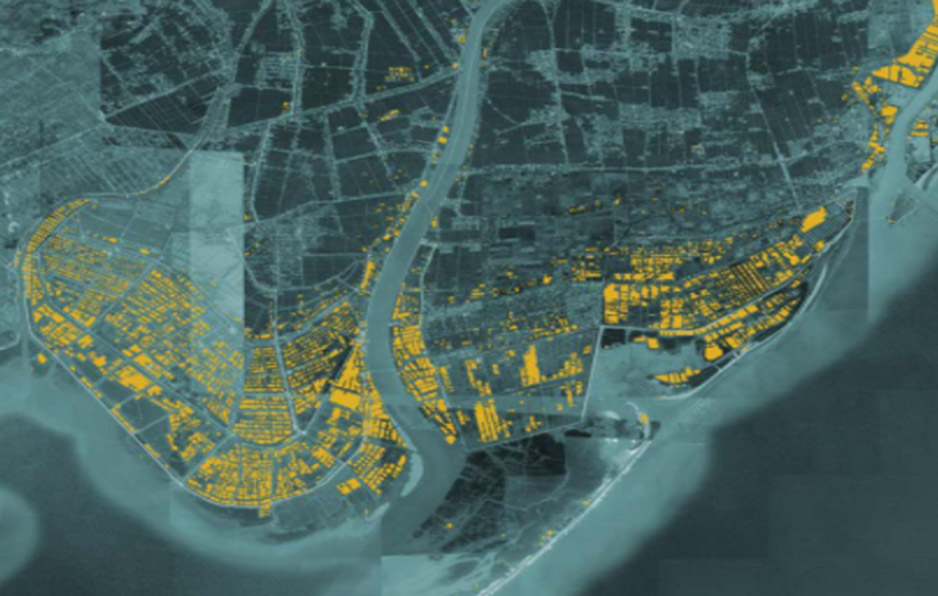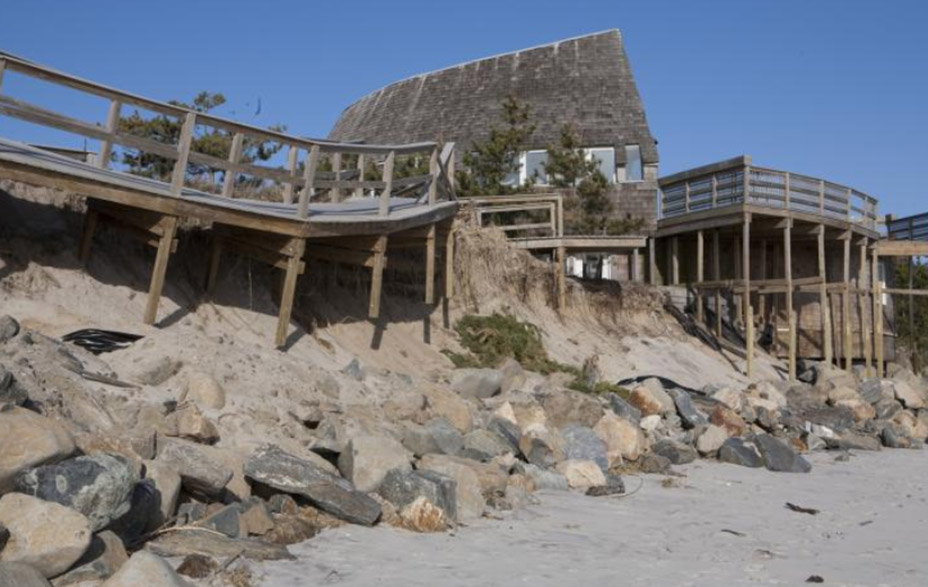Beaches are fundamental for the economic development of several countries as they contribute on significant percentages to national GDPs through economic sectors such as tourism, among others. However, through the years the coasts of some countries have been affected by natural disasters such as tropical storms that have generated devastating economic impacts. In addition, some countries such as Vietnam are located in areas exposed to different natural phenomena such as typhoons, coastal erosions, droughts and saline intrusions, which together have an impact on tourism, the private property of the inhabitants, businesses linked to the coasts, and more.

Natural weather disasters have affected human activity since the beginning of economic development, however, in recent years their destructive power has increased as a result of climate change. An example of this is the sea level, which is estimated to rise 30 centimeters. This would imply an increase in coastal exposure by 8%, and an increase in the vulnerable population of around 4 million people. Additionally, this rise in the sea level is expected to cause the loss of employment of around 1.2 million people, and a consequent increase in poverty levels. Given that many of the affected regions are home to prosperous economic sectors such as tourism, agriculture, and fish farming, it is extremely important to carry out recovery plans for coastal environments. One of the countries that has recognized this importance and has advanced in the creation and implementation of these plans is Vietnam.

Coastal hazard management in Vietnam
The Vietnamese government has been forced to create a risk mitigation plan in coastal areas in order to guarantee their economic development. This plan was developed in conjunction with the World Bank, and consists in a robust initiative that seeks to improve the country's resilience to these phenomena and safeguard the prosperity of the inhabitants.
The risk mitigation plan is summarized in a report that emphasizes 5 areas related to these disasters. First, an open access database of detailed hazard and risk data will be created, which will be complemented with information of asset management systems for critical infrastructure (transport, water, electricity, etc.). Second, the plan seeks to implement risk-based spatial planning in order to ensure that economic growth does not result in insecure development patterns such as settlements in high-risk flood zones. Third, the infrastructure of the buildings that are at risk will be strengthened, as well as the roads and public services of the place, in order to reduce the impact of these phenomena. Fourth, it is expected to strengthen relevant policies, regulatory frameworks, and technical guidelines, in order to take advantage of nature-based solutions such as rehabilitation, conservation, monitoring and management of ecosystems. Finally, the capacity for preparing and responding to natural disasters will be improved by upgrading the early warning system, in order to alert the inhabitants of the areas and thus reduce the number of affected people.
The biggest problem: coastal erosion
Even though tropical storms bring many problems to the economy and people in these places, the most difficult problem to face lies in the cutting of the useful coast areas by means of coastal erosion. Basically, coastal erosion is the process by which wave action, coastal flooding, and rising sea levels carry rocks and sand along the shoreline, decreasing the usable area of these locations.

Every year this phenomenon generates numerous losses in several countries around the world, being the United States the most affected country as it reports annual losses of around 500 million dollars. Therefore, the government of the United States has implemented risk mitigation strategies, some of which are summarized below:
1. “Hardening” of the coast:
In the past, hardening the beach was synonymous with protecting the coastline. This was achieved through the construction of dikes, piers and arches, for the purpose of interfering with water currents to change the natural flow of water and reduce erosion or locate it in less critical areas. However, it was found that this is not an optimal solution as the maintenance of the required structures is expensive and complicated. This has created the need to implement new strategies.
2. Beach nutrition:
It is a non-structural stabilization technique that, unlike “hardening” procedures, improves the natural ability of coasts to dissipate energy without interfering with natural coastal processes. A clear example of this technique consists in placing additional sand on the beaches, which acts as a buffer that reduces the erosion of useful areas. However, this technique has also presented problems as it can negatively affect natural resources. Even though, it remains one of the most widely used methods in the country today.
3. Coastal restoration:
Coastal restoration consists in removing structures found in susceptible areas. This method is the only one that completely reduces risk but is the most expensive. However, it can be profitable since the land can be restored to be used in recreation, tourism, and cultural activities of the coastal communities. In recent years the technique has gained strength as an increase in the intensity and frequency of severe storms is expected. Therefore it is likely that certain areas will be at constant risk, and that the only solution to avoid damage is the elimination of vulnerable structures.

References
https://toolkit.climate.gov/topics/coastal-flood-risk/coastal-erosion
Related content:
Coastal Erosion - Behind the NewsWith the recent wild weather on the East Coast, the Bureau of Meteorology is warning that it could cause coastal erosion. We look at what coastal erosion is, how it works and what’s being done to protect people who live on the coast. |

